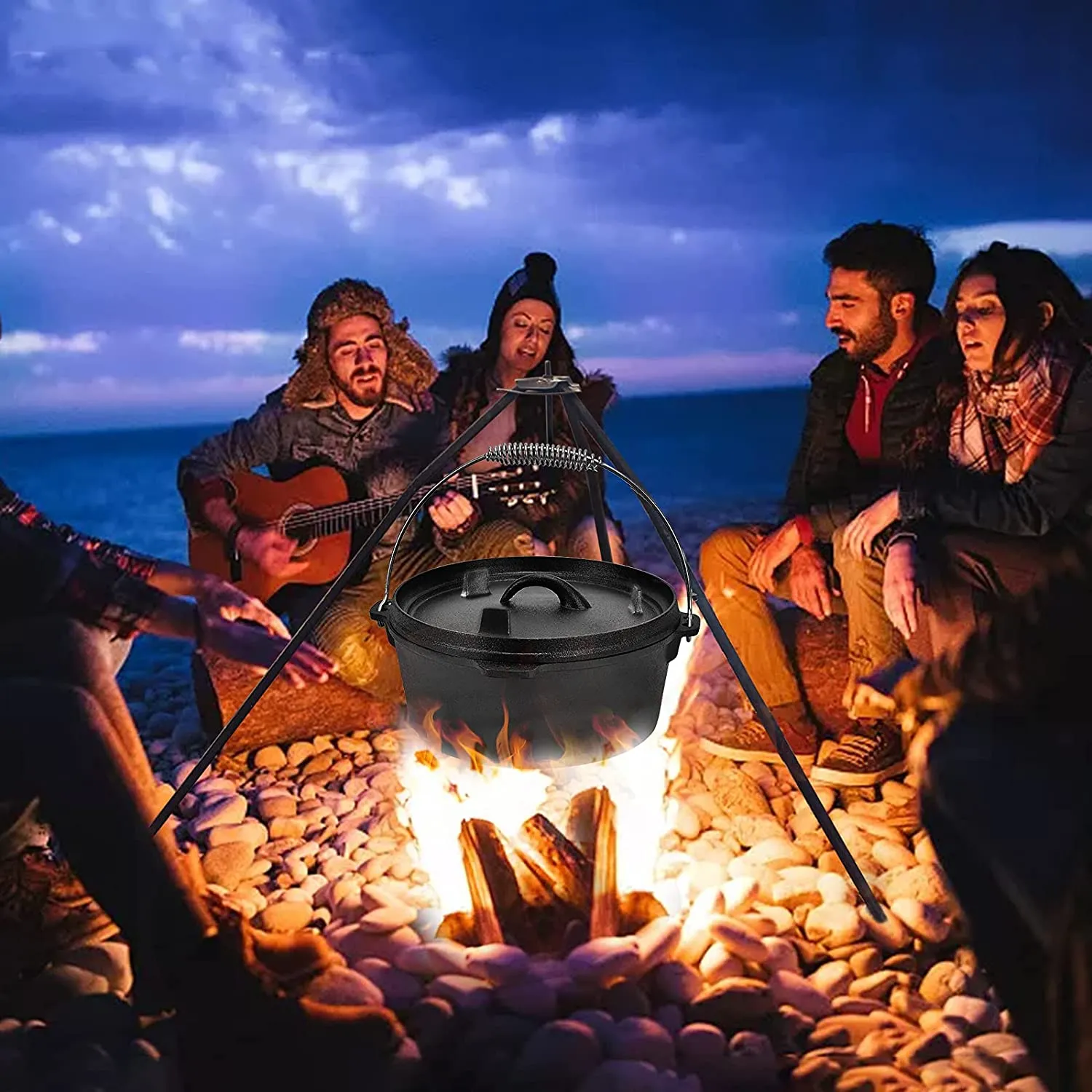
Best Cast Iron Pan for Perfect Tamagoyaki Cooking Experience
The Art of Cooking Tamagoyaki with a Cast Iron Pan
Tamagoyaki, a Japanese rolled omelette, is not just a dish; it’s a culinary art. This delicate, savory omelette showcases the fine balance between sweetness and umami, and it requires both skill and the right tools to perfect. One of the best options for cooking this exquisite dish is a cast iron pan. In this article, we’ll explore the benefits of using a cast iron pan for tamagoyaki, tips for cooking, and why this ancient cookware remains a favorite among chefs worldwide.
Why Choose a Cast Iron Pan?
1. Heat Retention and Distribution Cast iron is renowned for its excellent heat retention abilities. Once it reaches the desired temperature, it maintains that heat effectively, allowing for even cooking. This is crucial for tamagoyaki, as achieving the right texture requires steady and consistent heat to prevent burning while allowing the layers to cook through properly.
2. Non-Stick Property While traditionally not as non-stick as modern cookware, when seasoned correctly, a cast iron pan can provide a reasonably non-stick surface. The seasoning creates a natural layer that keeps the tamagoyaki from sticking, making it easier to roll and flip the omelette without tearing.
3. Durability and Versatility Cast iron pans are incredibly durable and can last a lifetime with proper care. They can be used on the stovetop and in the oven, making them versatile tools for various cooking techniques. You can start cooking your tamagoyaki on the stovetop and finish it off in the oven if you prefer a firmer texture.
Preparing Tamagoyaki
Before diving into the cooking process, it’s important to gather all the necessary ingredients. A basic recipe for tamagoyaki typically includes eggs, sugar, soy sauce, and mirin. The balance of sweet and savory not only enhances the flavors but also gives the tamagoyaki its characteristic golden color.
Ingredients
- 4 large eggs - 1 tablespoon sugar - 1 tablespoon soy sauce - 1 tablespoon mirin - A pinch of salt - Oil for cooking
tamagoyaki cast iron pan

Cooking Process
1. Preheat the Pan Heat your cast iron pan over medium-low heat. It’s crucial to start on a lower flame to avoid burning the eggs.
2. Prepare the Egg Mixture In a bowl, whisk together the eggs, sugar, soy sauce, mirin, and salt until fully combined. The mixture should be frothy and well-aerated for a fluffy texture.
3. Grease the Pan Add a small amount of oil to the pan, spreading it evenly across the surface. Wipe off any excess oil with a paper towel to avoid greasy tamagoyaki.
4. Pour the Egg Mixture Pour a thin layer of the egg mixture into the pan, tilting it to ensure even coverage. Allow it to cook slowly until the edges begin to set but the center is still slightly runny.
5. Roll and Layer Using a spatula, gently lift the edge of the omelette and roll it towards the other side of the pan. Once rolled, push the omelette back to the starting side of the pan and pour another thin layer of the egg mixture. Make sure it seeps under the rolled omelette.
6. Repeat Continue this process until all the egg mixture has been used.
7. Finish Cooking Once fully cooked, remove the tamagoyaki from the pan and let it cool slightly. Slice it into pieces and serve warm, garnished with green onions or nori if desired.
Conclusion
Cooking tamagoyaki in a cast iron pan combines tradition with functionality. The heat retention, durability, and non-stick qualities of cast iron allow for excellent control over the cooking process, enabling you to produce a beautifully rolled omelette. Whether enjoyed at breakfast, as a side dish, or in a bento box, mastering this technique opens the door to a world of culinary possibilities. So, dust off your cast iron pan, gather your ingredients, and experience the satisfaction of creating perfect tamagoyaki!
-
Season Cast Iron Perfectly with GPT-4 Turbo TipsNewsAug.01,2025
-
High Quality Cast Iron Cookware - Baixiang County Zhongda MachineryNewsAug.01,2025
-
Premium Cast Iron Pan: Durable & Perfect HeatNewsAug.01,2025
-
High Quality Kitchen Durable Black Round Cast Iron Cookware Pancake Crepe Pan-Baixiang County Zhongda Machinery Manufacturing Co., Ltd.NewsAug.01,2025
-
Cast Iron Cookware - Baixiang County Zhongda Machinery | Nonstick, Heat ResistanceNewsAug.01,2025
-
High Quality Kitchen Durable Black Round Cast Iron Cookware - Baixiang County Zhongda Machinery | Non-Stick, Heat Retention, DurableNewsJul.31,2025


